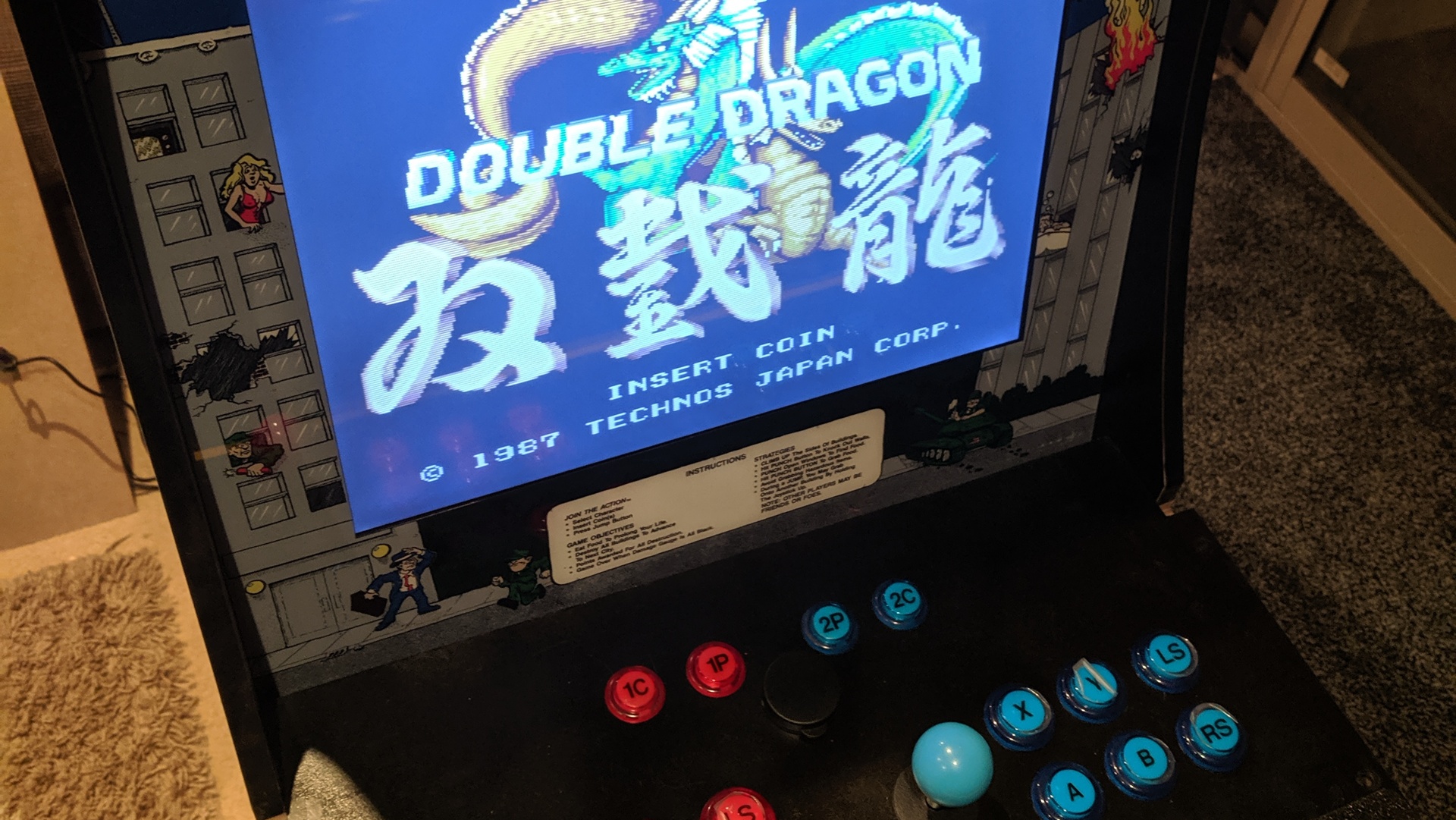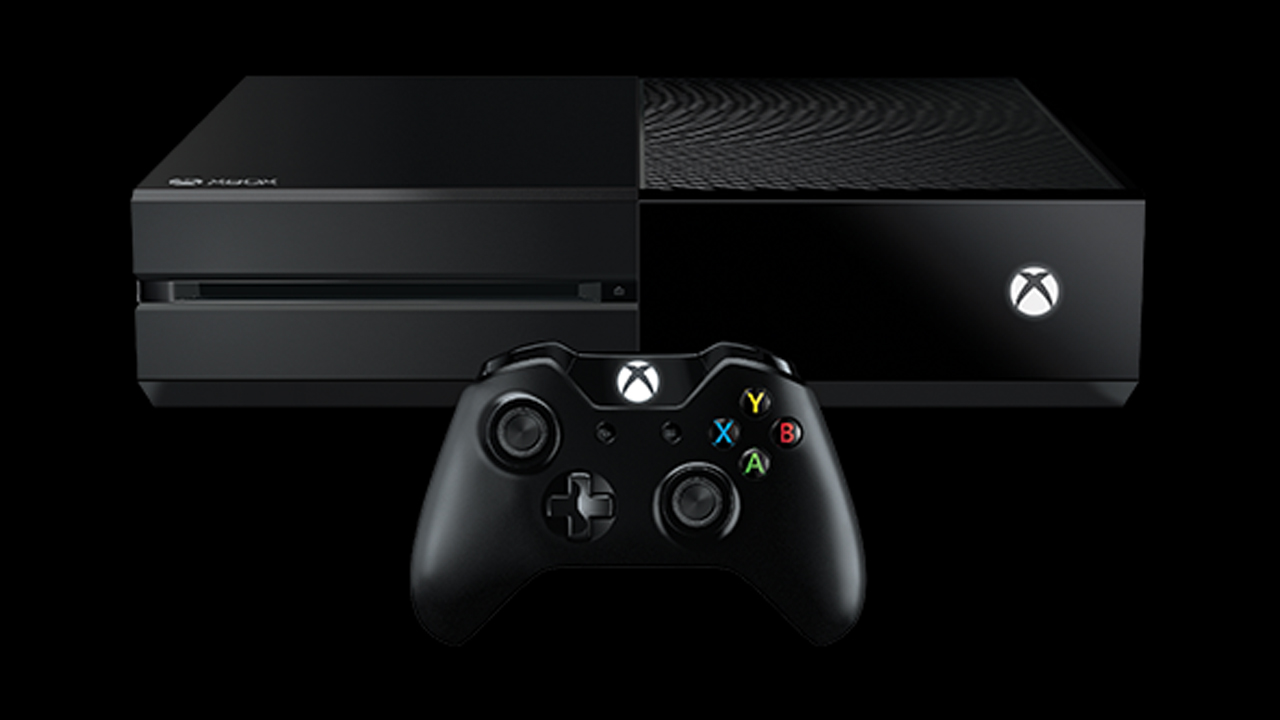UPDATE: With Microsoft Flight Simulator there are definitely two schools of thought with how it should be run: Image Quality vs Frame Rate. In my quest for delving into all the different tweaks available I’ve clarified this post as frame rate improvement. A subsequent post on Image Quality will be out soon.
I’ve been waiting for the long awaited VR patch for Microsoft Flight Simulator (MSFS) and last month it was finally released. Having played this series of games since Flight Simulator 2 back in the mid eighties, I was chomping at the bit to try my hand at this amazing game on my Quest 2 VR headset. I’ll say this up front; MSFS does require some hefty requirements to run well (in Desktop mode and VR).
There are a couple of options at your disposal when running the Quest 2 headset. Even though this is the VR headset I’ve tested on I believe the following tweaks will help all VR users when it comes to native frame rate. With Oculus Link and the Quest 2 you’ll be wanting to make sure ASW is turned on to assist with smoothing out the frame-rate. If ASW (Asynchronous SpaceWarp) isn’t your cup of tea you can turn it off via the Oculus Debug Tool or also use Virtual Desktop and stream wirelessly, assuming you have a good in house 5Ghz wireless connection. To be frank I like having complete freedom of movement for turning around the cockpit so Virtual Desktop is my preferred method of playing.
A couple of important things I’ve found in getting the most out of Microsoft Flight Simulator in VR:
- Whatever platform you use (Oculus Link or Virtual Desktop) set the streaming resolution (encoding / streaming) as low as you can. I use the Low Quality setting in the streaming options for Virtual Desktop and set it to .8 for Oculus Link. MSFS is the most demanding game I’ve played on PC for GPU and CPU. Setting the resolution low to begin with is a good starting point.
- Once you have set the rendering / encoding to Low, you can initially try leaving the rendering resolution in the VR settings of MSFS to 100%. If you find the frame rate is still struggling reduce the rendering resolution to 80% and try again.
- Drop some of the other options in the VR graphics panel of Microsoft Flight Simulator, except for Anti Aliasing. Make sure you leave this on TAA. This works so well and setting it anything lower than TAA will make the scenery look very rough.
On another note there is a great guide available that goes into a lot of detail for Microsoft Flight Simulator. Check out this comprehensive guide from SoFly. After reading some reviews I purchased this guide and I’ve gotten a lot of out of it. There are many decent tweaks out of this for PC performance (VR performance tweaks are coming late January 2021). This guide has a wealth of information for you to get a lot more out of the game too.
In summary point one above is so important. In fact I’d go as far to suggest that for any PC game that has optional VR support (Microsoft Flight Simulator and Project Cars 3 are the two games I’m playing at the moment) setting the rendering and encoding resolution lower is vital for a smoother experience and higher frame rates. This is in contrast to games that are specifically designed for VR. VR only games you will be able to generally bump up the encoding and rendering resolutions a lot higher. As a rough guide consider what your PC is running resolution wise to hit the frame rates you want, noting that most games only need you to hit 60fps for fairly smooth play. With the Quest 2 the standard frame rate is 72, so you’ll want to set the combined resolution of both eyes to be slightly less than what you would normally run as a desktop resolution.
In my case my CPU is quite modest (Intel i5-9400f) while my GPU is new (Nvidia RTX 3070). With much tweaking I’ve found keeping the encoding rendering resolution (usually measured per eye for VR) at a reasonable level is much more effective.
I’d be happy to answer any questions around this and help. Please feel free to post them in the comments.
Categories: Gaming, Tips & Tricks


